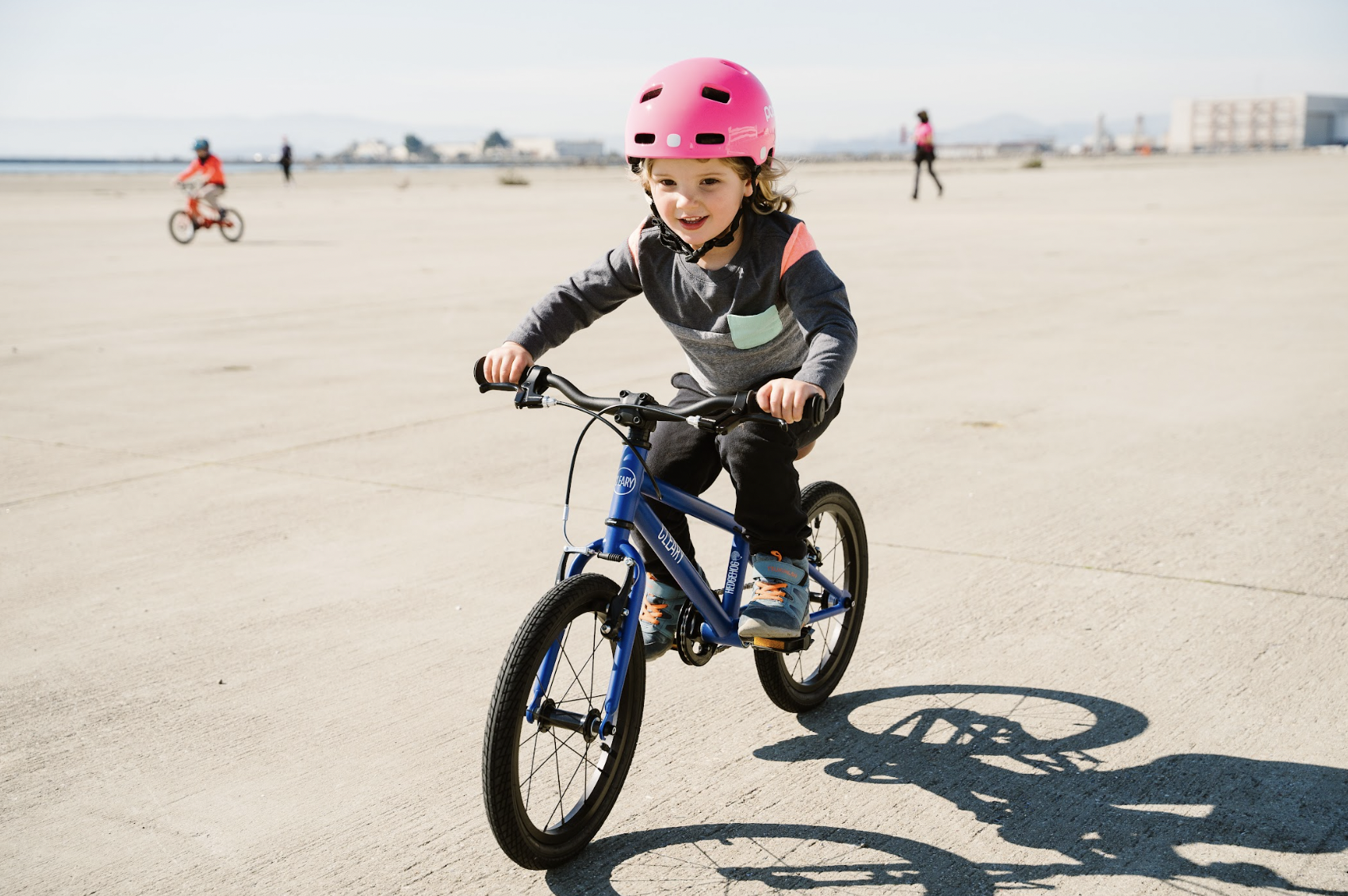
1-2-3: How to perform a quick safety check on your child’s bike
Kids’ bikes are subject to wear and tear, which is why maintaining them is essential for their longevity and safety. As a parent, you can
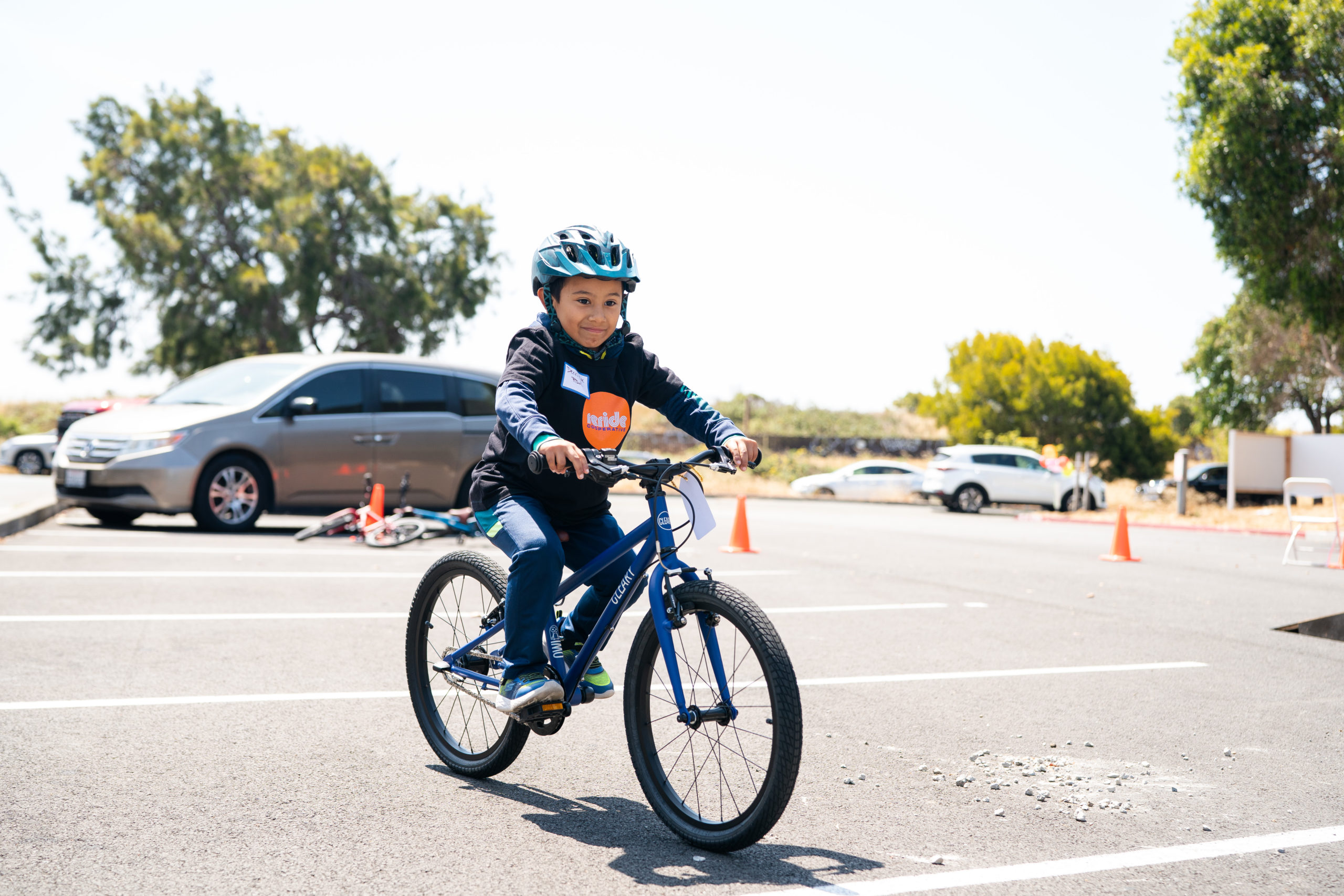
If you’re here, you already know our stance on bikes: they’re pure fun. The best part is that bikes bring the kind of fun that gets everyone in the family excited in a fresh, always-changing way. Are they ready to start practicing hand brakes? What a thrill. Are they ready to conquer the driveway? There’s nothing like the wind on their face. Are they ready to conquer the drop on your favorite loop? Same feeling.
But, with progression comes risk. And with risk naturally comes scraped knees, bonked elbows, and more. So, before you unleash your kids on two wheels, it’s important to consider the ways to help them understand how they can keep themselves safe. Likewise, knowing what role you can (and should) play in keeping them and yourself safe can improve the whole experience front to back and ensure the love of biking keeps growing long after they’ve graduated from their Meerkat.
There are hundreds of bike accidents every year, and sadly some of those are fatal (truly, though, we’re not trying to spook you). Bikes can be involved in accidents with other cyclists, pedestrians, cars, or without anyone else involved except for a sharp turn, a dusty berm, or even a wayward stick.
By learning to ride safely, following the road rules, and riding predictably, kids—and you!—can do their part in helping prevent accidents. Likewise, by taking care to progress slowly and deliberately learning how to conquer features (even if it is just a driveway incline), riders big and small can mitigate their chance of an accident.
Ultimately, no matter WHAT, wearing a helmet is a MUST.
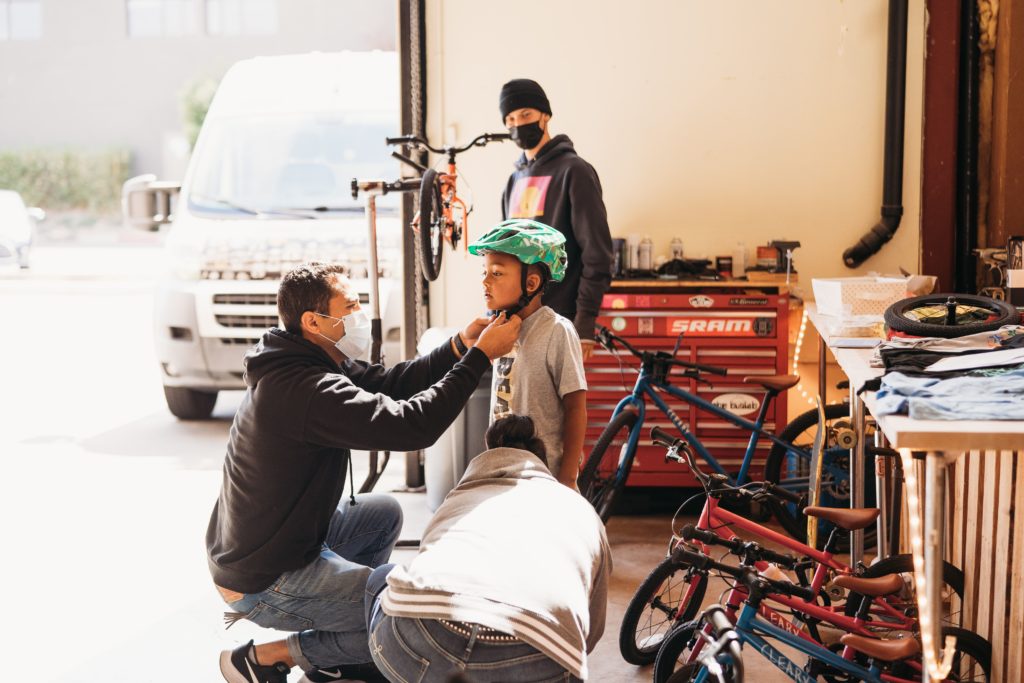
A bike helmet is a safety essential for both adults and kids. Plus, in most states, helmets are a legal requirement for children and sometimes riders of all ages. Regardless of the law, it’s advisable to always wear a helmet as a safety measure.
A good quality bicycle helmet is one that fits appropriately and helps protect your kid’s face, head, and brain if they fall. Everyone should protect their head with a helmet, but—as you’re already abundantly aware—kids are particularly prone to accidents and head injuries. In accidents involving bikes, head traumas are most common, according to John Hopkins Medical.
In cases of accidents, wearing a helmet can significantly reduce the risk of death or severity of the head injury. According to SAFE KIDS, wearing a helmet can help reduce the risk of head injuries by as much as 85 percent. There has been a 54 percent reduction in bike-related deaths since 1999 when stricter helmet laws were introduced. A statistic that, of course, makes us queasy but thankful for better technology.
Young kids or those learning to ride on a small 12-inch bike or 16-inch bike should learn to ride at home, at parks, or on the sidewalk. It’s simply safer. Kids under ten years old should not be riding on the street (unless you’ve got a nice, quiet spot on a dead-end or cul-de-sac). However, age is just a number. If your kid is over ten but is not a confident bike rider or not mature enough to follow road rules, they should also stick to the sidewalk. Ultimately, this is where your best judgment as a parent comes into play!
With the proper precautions, you can avoid serious accidents and keep your family safe. Ensure kids are well versed in these bike safety rules and adequately outfitted with protective cycling gear for safe riding. Here are our favorite tips:
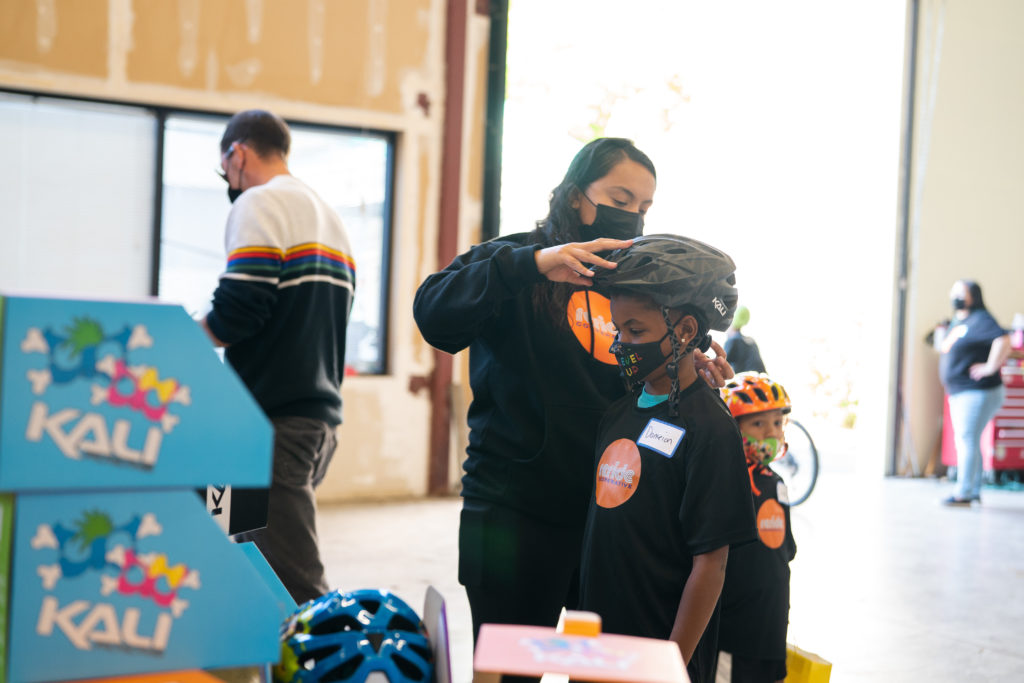
As we’ve explained already, a helmet is a safety essential, but It’s not enough to just wear any helmet. A helmet must be both properly fitted and of good quality. Ensure the helmet fits your child snugly. A helmet that is too loose will not adequately protect your child’s skull, while a helmet that is too tight will be uncomfortable.
A properly fitted helmet should cover their forehead, and it is tight enough that it doesn’t tip back. Ensure your kid always fastens the straps. Don’t use second-hand or old helmets that may have already been involved in a crash. A good helmet should have a CPSC sticker that says it meets the rules set by the Consumer Product Safety Commission.
Good quality children’s helmets should be produced with a hard outer shell and an absorbing liner at least one-half inch thick. If your child resists wearing a helmet, try decorating or personalizing it. Show kids that professional cyclists and other athletes always wear helmets. Don’t forget to set a good example by having the whole family, including adults, wear helmets when cycling.
Bikes that are too big or too small can hinder your kid’s learning and can cause accidents. Children can’t control a bicycle that is too large or too heavy for their body weight. Your kids should be able to straddle their bikes easily and stand with both feet flat on the ground. Check our bike size chart to find a bike that’s an appropriate size for them.
A kid’s bike will need to be adjusted as they grow by raising or lowering the seat post. The seat position will be different on bikes for 2 to 4-year-olds, where kids need to put their feet flat on the ground. Older kids riding bikes for 5 to 8-year-olds or bikes for 9 to 12-year-olds can have their seats raised so just their toes touch the ground.
An oversized bike is challenging for children to get on and off and can cause accidents when they brake suddenly. A bike that is too small, or a seat that is too low is simply inefficient. Our kids bike sizing guide can help parents find the perfect fit.
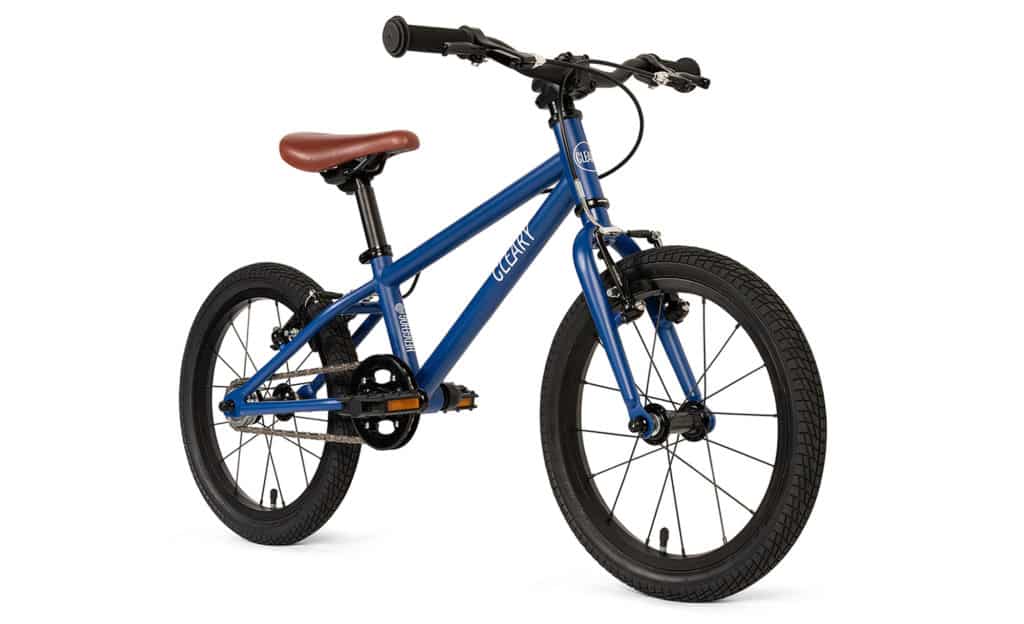
Keep your kid’s bike in good condition to avoid accident-causing issues. Here’s our quick pre-ride checklist:
Our advice: do this with your kid before every ride. When they learn to take care of their bike, they can help set themselves up for success.
Also, no matter where you live, odds are that there’s a bike shop close by. Make a connection and then a habit of taking your whole family’s bikes in for yearly maintenance. Not only can it make bikes safer, but it can make them last. Double bonus.
Wearing brightly colored clothing and having appropriate reflectors and lights on their bikes can really help make sure you and your kids catch the attention of any cars or other riders that are sharing the road or trails with you. When teaching children to ride on the road, be sure to tell them about blind spots so they can learn to ride so that cars can see them.
More bike accidents occur in the early morning and at dusk, or nighttime compared to daylight hours. Whenever possible, you should avoid letting kids ride bikes at night. If your child must ride in the dark, ensure their bike has both front and rear lights and wears reflective clothing.
Even with lights and appropriate clothing, it can be difficult for cars to see bikes in the dark. It’s also difficult for riders to see the road, and they could hit potholes or debris, which could cause a fall.
The road is a new adventure and a fun place for older kids and adults to ride. Once your kid is confident and mature enough to ride on the road, they should learn! Start on quiet neighborhood streets and avoid busy, high trafficked roads where possible.
Both parents and kids should know the rules of the road before they start riding on the streets. Kids should know the necessary hand signals and how to navigate streets with and without bike paths properly.
Quick tips for riding on the road:
On quieter off-street paths, make sure your kids are aware of how to navigate pedestrians and other sidewalk users. When passing other cyclists or pedestrians on the street or bike path, you should pass to their left side, ring your bell, and call out, “On your left!”. This call will let other road users know that you are coming.
Cycling should be a fun and practical form of transport. But like many activities, it does come with some risks. Every parent knows that children are prone to accidents, so even taking all the right steps isn’t a full-proof way to prevent falls. But by taking the proper safety measures and precautions, you can help avoid any severe cycling accidents within your family and keep bikes pure fun.

Kids’ bikes are subject to wear and tear, which is why maintaining them is essential for their longevity and safety. As a parent, you can
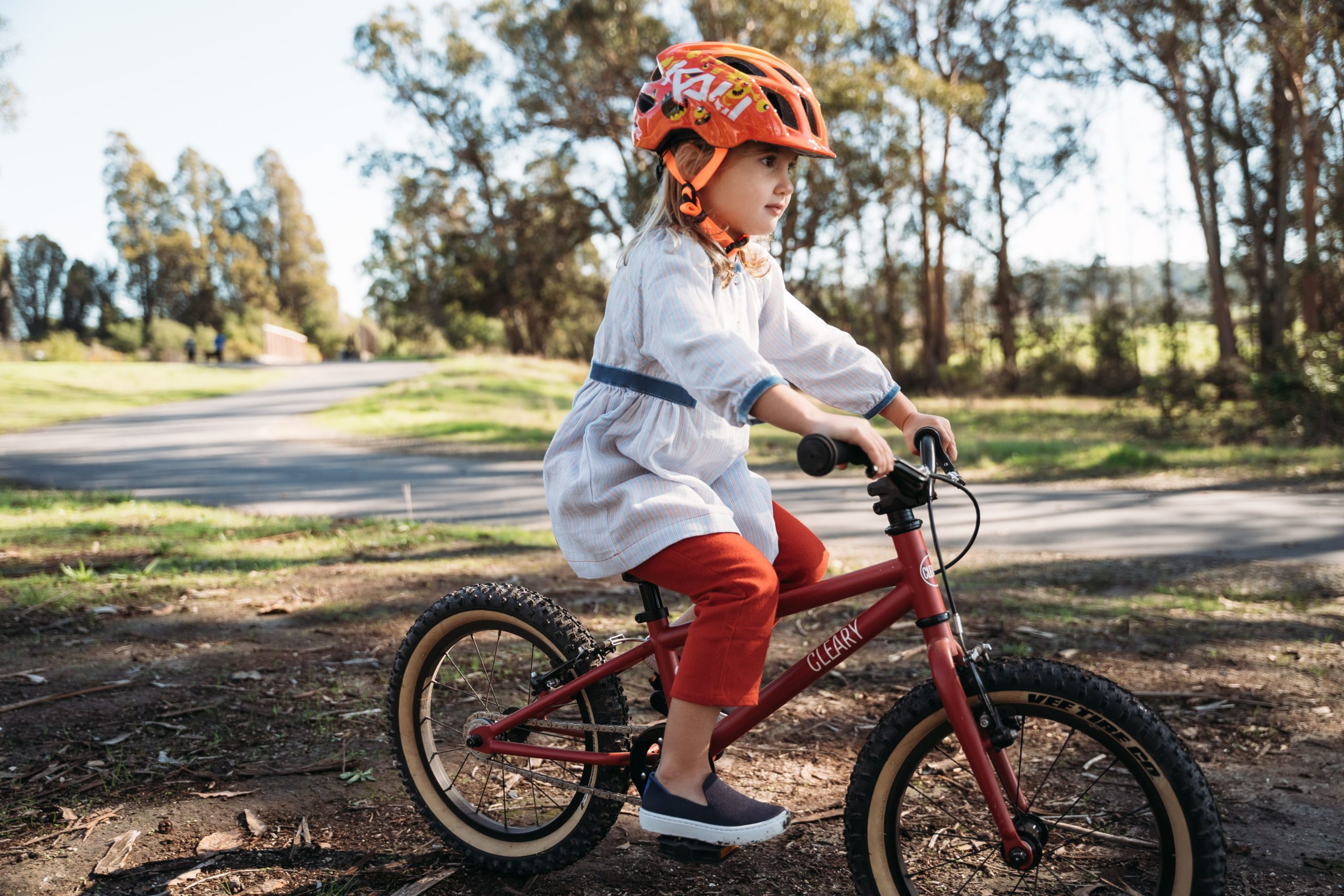
Bikes are a key ingredient in epic childhood adventures. So, choosing a new bike for your kid is a big decision! There are a lot
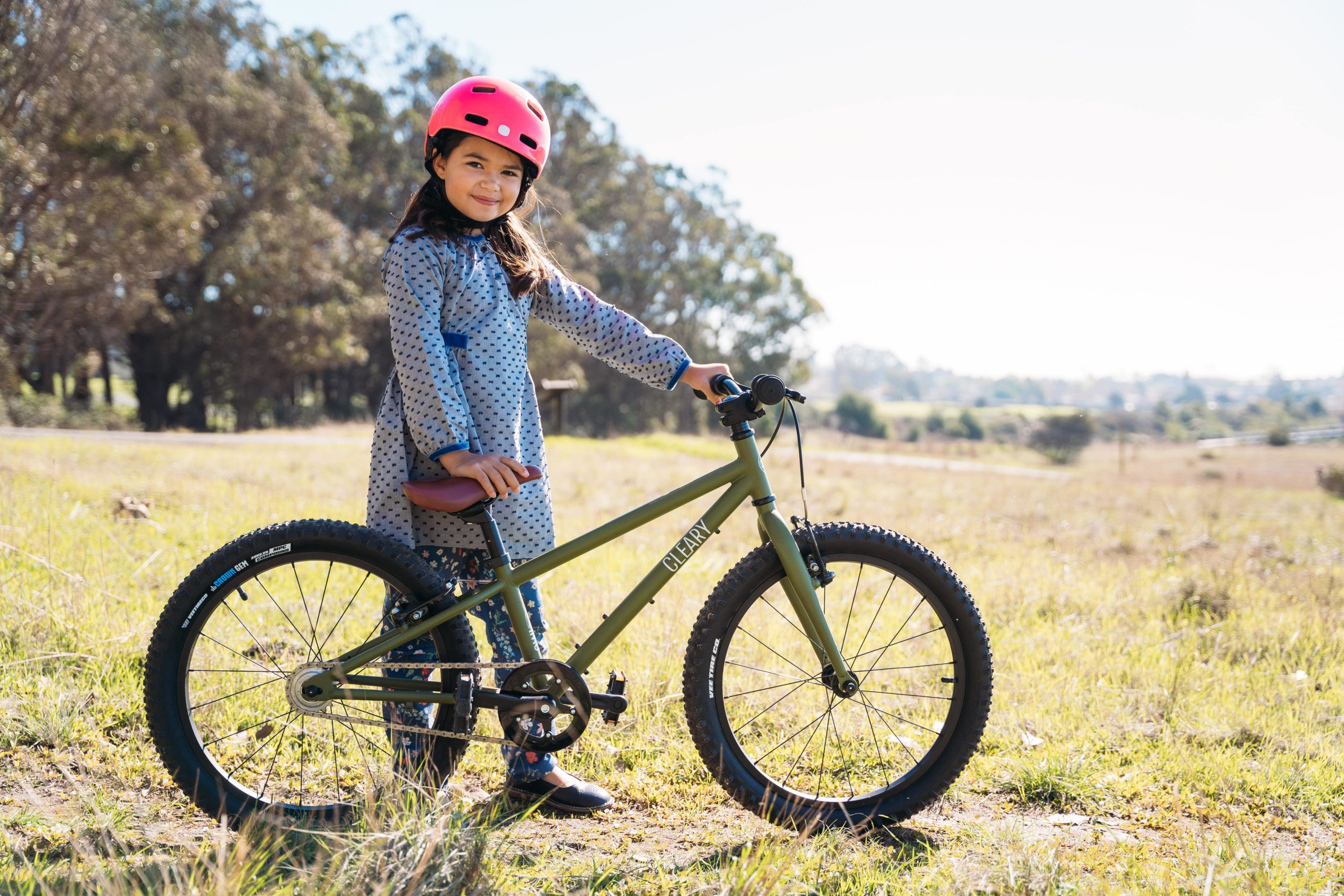
So, your child has been asking for a kids mountain bike? Knowing that they always want the newest toy (novelty is kind of their thing),
Sign up to get tips, tricks, and news for all things kids + cycling.


Enter your email and password

Thank you for your interest in ReRide. ✋🏼 We’ve reached our capacity for this year. Please check back early 2024.
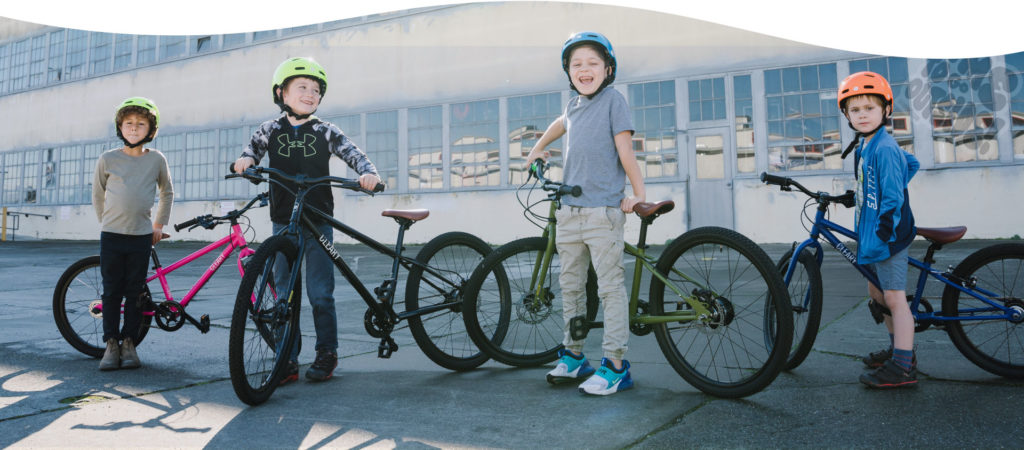
Sale on sale! Use code NewBikeDay to save an additional 15%
During sale periods, please allow up to 7 business days for order processing and shipping.
Sale dates:
Tuesday August 23 – Tuesday August 30 (midnight PST)
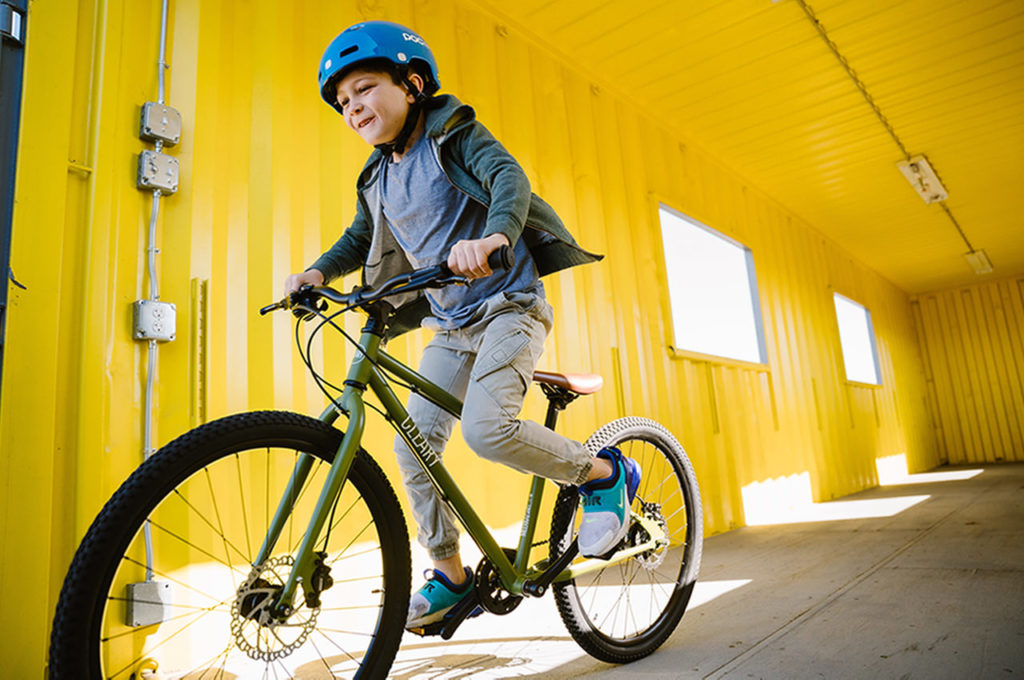
Back to school on our best-selling , do-it-all 24″ Meerkat. Use code
MEERKATSCHOOL
for 10% off plus a sweet Cleary water bottle and cage to keep your grade-schooler hydrated and riding.
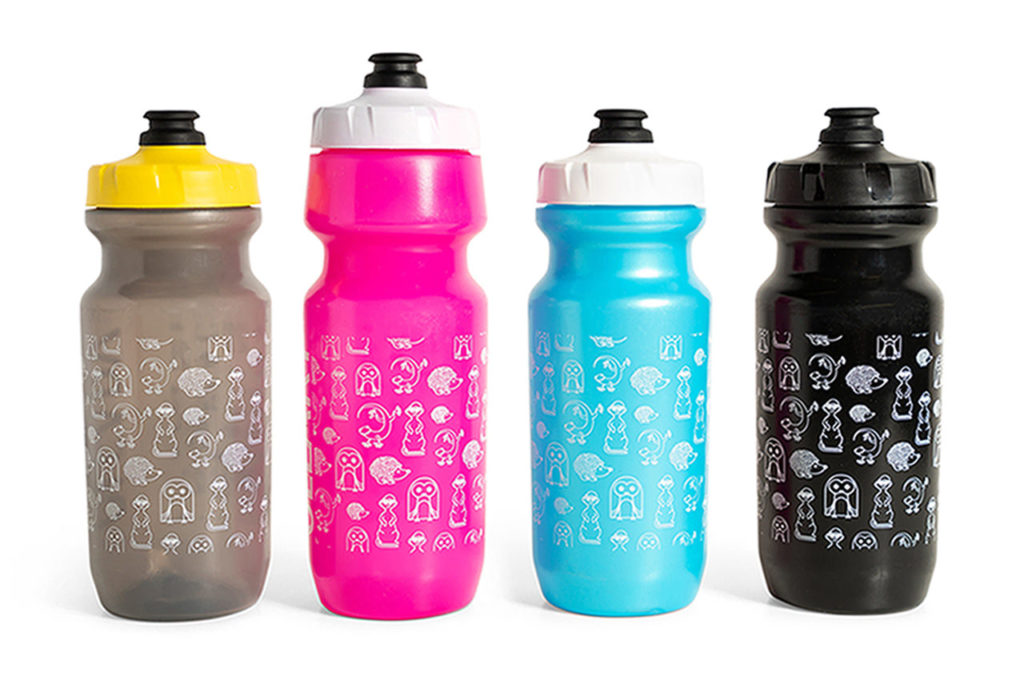
Gear while you wait. Score your rider a FREE t-shirt or jersey of your choice plus a sticker kit when you purchase a bike during the month of May.
Bike on backorder? No worries! We’ll ship your swag right away to get the excitement train rolling.
Select your bike and t-shirt/jersey and enter code BikeMonth2021 at checkout to redeem.
* while supplies last